Those Canadians are clever. They’ve given us ankle rules and knee rules and subarachnoid rules. Now a Syncope Risk Score.
In 2016 the first Canadian Syncope Risk Rule was published. The aim was to predict 30 day serious outcomes. In 2020 they validated the score. Sort of….
It was really an internal validation, conducted in Canada. The next step would be a validation of the score outside of Canada.
Here is the summary of the score.
The Canadian Syncope Risk Score has multiple variables shown below with a score that can range from -3 to 11. The lower the score, the lower the risk.
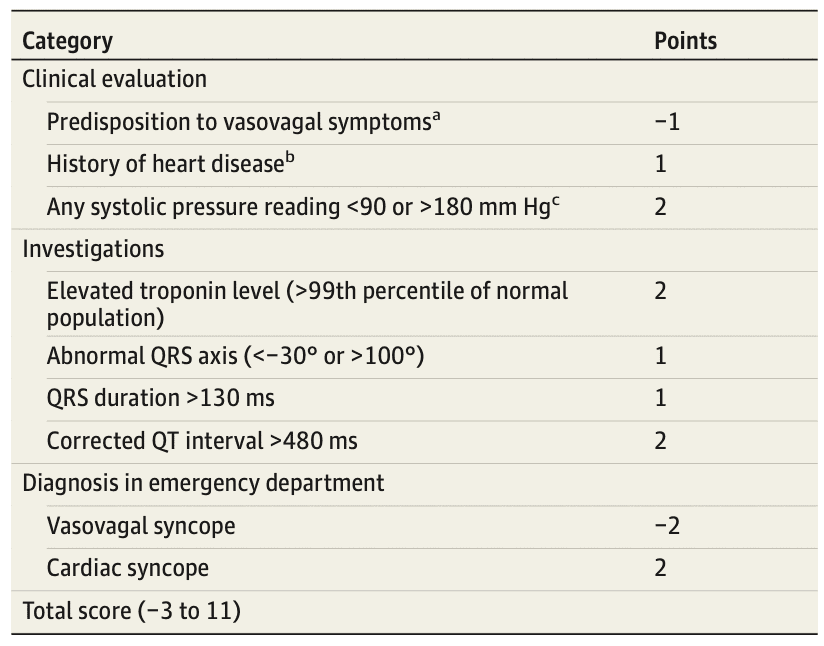
b lncludes coronary or valvular heart disease, cardiomyopathy, congestive heart failure, and nonsinus rhythm (electrocardiogram evidence during index visit or documented history of ventricular or atrial arrhythmias, or device implantation).
c Includes blood pressure values from triage until disposition from the emergency department.
What They Did
Prospective Cohort Validation Study
9 Large Canadian Emergency Departments
n=3819
30 day serious outcomes were specified as:
- arrhythmic serious conditions
- any serious arrhythmias;
- intervention to treat arrhythmias such as pacemaker/ defibrillator insertion, or cardioversion; or
- any death due to an unknown cause) or
- nonarrhythmic serious conditions
- myocardial infarction,
- serious structural heart disease,
- aortic dissection,
- pulmonary embolism,
- severe pulmonary hypertension,
- significant hemorrhage,
- subarachnoid hemorrhage,
- or any other serious condition causing syncope).
Results
Very Low and Low Risk Patients
- < 1% experienced a 30 day serious outcome
Very High Risk Groups
- 51% experienced 30-day serious outcomes.
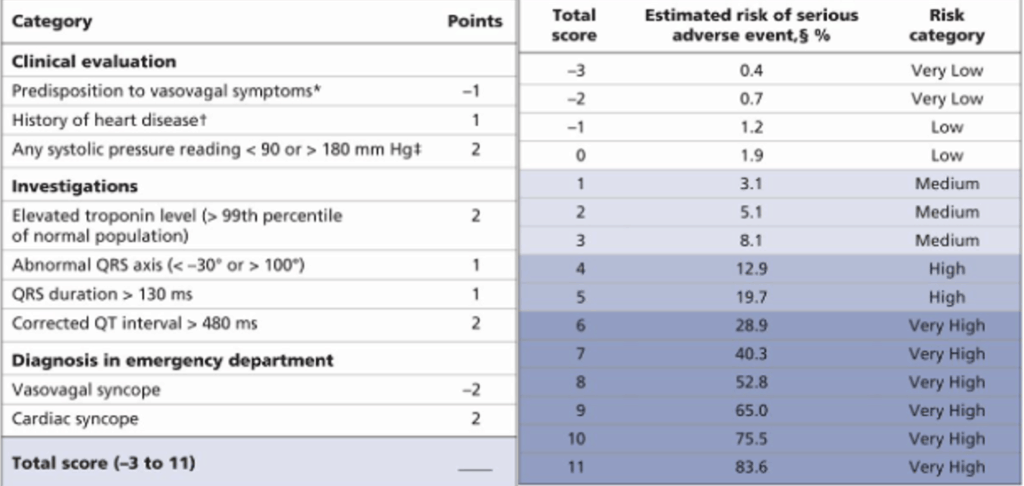
Let’s look at some hypothetical cases
Case 1
A 72 yo patient presents with a syncopal episode. There are only minor injuries ie., scratches. The patient has no recollection of the event and there was no prodromal syndrome.
The patient’s past medical history includes hypertension, diabetes. Examination is normal and the ECG is normal.
What does the patient score?
This patient scores a 2. This falls into the medium risk category and attracts a 5% risk of a 30 day serious outcome. I’m not comfortable with discharging this patient.
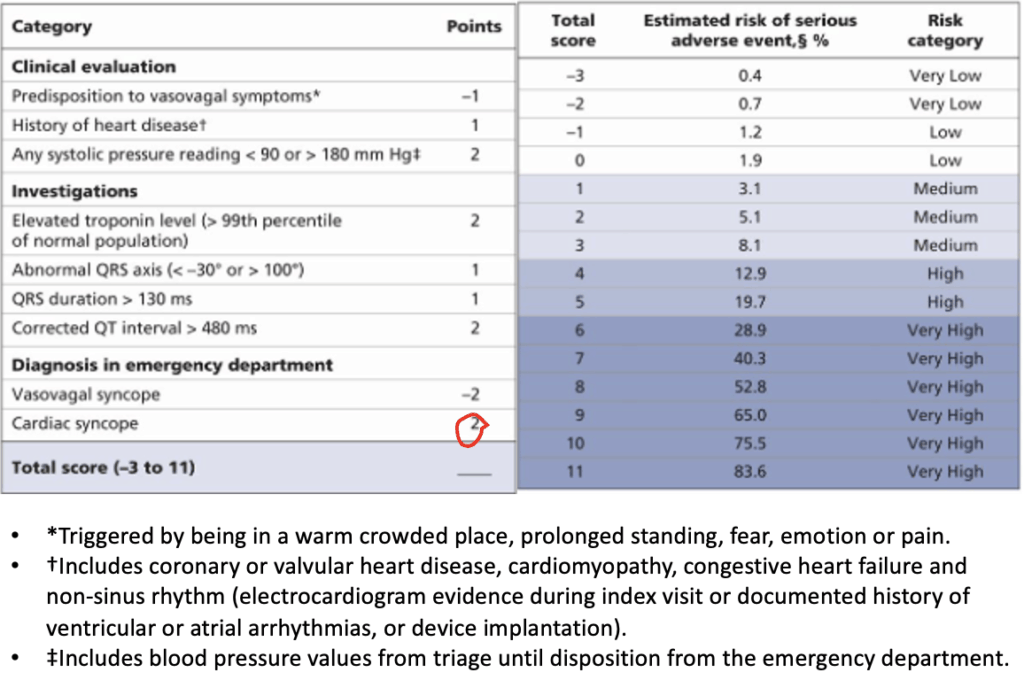
Case 2
If we change one thing in this scenario and say that the patient has a history of atrial fibrillation. This raises the score to a 3 and the risk to 8.1%.
Case 3
If we keep the patient’s history the same ie., hypertension and diabetes, but change this to a clear vagal episode, with prodrome and diaphoresis after standing for a long period of time and still keep the atrial fibrillation on the ECG, the score now is -1 ie a 1.2% risk of a serious outcome.
Conclusion
Three-quarters of patients in this validation study were very low or low risk. No patients in these groups died nor experienced ventricular arrhythmias. This means a very low risk of adverse event if the patient is sent home.
The good thing about this scoring system is that negative marks can be scored. The bad, is that a troponin needs to be done.
If a patient has had a clear vasovagal episode that was triggered by known vasovagal triggers and has no other history, with a normal ECG, they will probably only score a -3 and are very low risk, but we still need to perform a troponin.
I don’t feel comfortable with sending patients home if their risk is >2%, so there is nothing that changes my management. If they are elderly and have significant past history, or have an abnormal ECG, or no features of a vagal episode, I’ll be admitting most of them.
What a score like this does, is give us an evidence-based backup for what we do. Let’s hope the external validation comes soon.


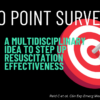
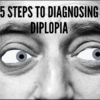

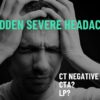





I blog quite often and I truly appreciate your content.
This great article has truly peaked my interest. I’m going to book mark your website and keep checking for new details
about once per week. I opted in for your Feed as well.
I’m not that much of a online reader to be honest but your sites really nice, keep it up!
I’ll go ahead and bookmark your site to come back later.
Cheers
Fantastic beat ! I wish to apprentice at the same time as you
amend your web site, how can i subscribe for a blog web site?
The account helped me a appropriate deal. I have been a little bit familiar of this your broadcast provided shiny clear idea
Hurrah! At last I got a web site from where I be capable of in fact obtain helpful data regarding my study and knowledge.
794667 441888I discovered your blog internet web site on bing and appearance several of your early posts. Preserve up the quite great operate. I just now additional the RSS feed to my MSN News Reader. Seeking toward reading far a lot more on your part down the road! 704553